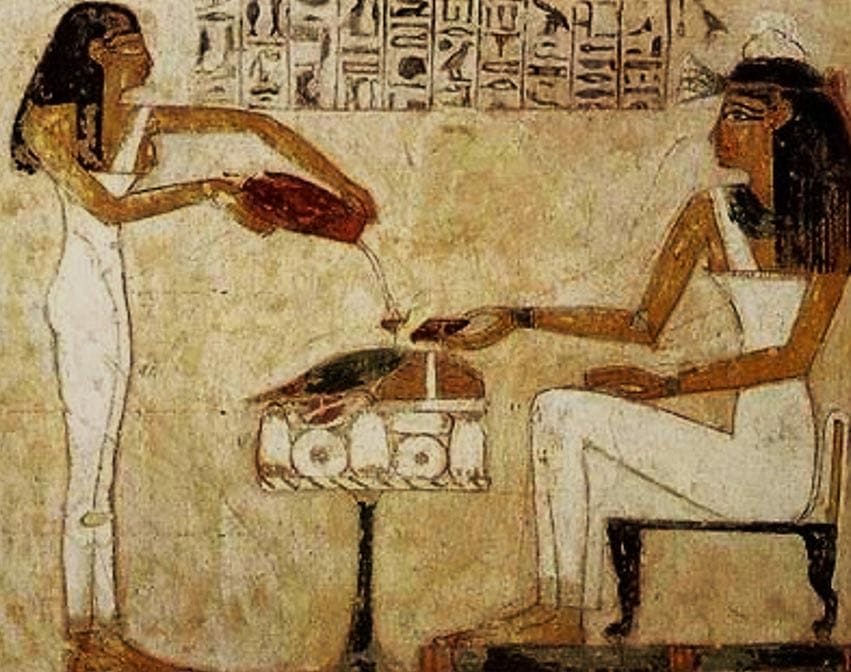The poised, polished portraits found in history books and art galleries are lying. Their stoic, refined gaze hides a secret: Historic figures, from peasants to Presidents, knew how to party. In fact, some of their antics could put modern party animals to shame. Partying wasn’t just a chance to hang out with friends and drink strange cocktails out of a communal cooler, it was an art form. Parties made strong political and social impressions. They were a power play and a display of wealth. Historic parties celebrated holidays, gods, victories, or just the fact that someone had a giant wheel of cheese they needed to get rid of. There are epic parties, and then there are historic parties that people are still talking about centuries, even millennia, after they happened.

ADVERTISEMENT - CONTINUE READING BELOW
Egyptian Festival of Drunkenness (c.15th century BCE)
The Festival of Drunkenness was Ancient Egypt’s way of celebrating life – literally. It celebrates Ra’s success in saving humankind. Ra worried about humankind neglecting and disrespecting him. He sent his daughter, Hathor (dressed as the feline goddess Sekhmet), to destroy them all. She obeyed the command – with gusto. Ra decided she had done enough. He commanded her to stop – but Hathor would not obey. Ra put ground hematite in her wine to look like blood and help her sleep. She woke up with the red liquid everywhere. Thinking it was blood, she was satisfied with a job well done. It ended her bloodlust. To celebrate the end of Hathor’s terror, Egyptians ‘reenacted’ Hathor’s feat of drinking each year on the twentieth day of Thoth, the first calendar month. Some historians, however, believe the myth just serves as an excuse to have a large, socially sanctioned drunken melee.

